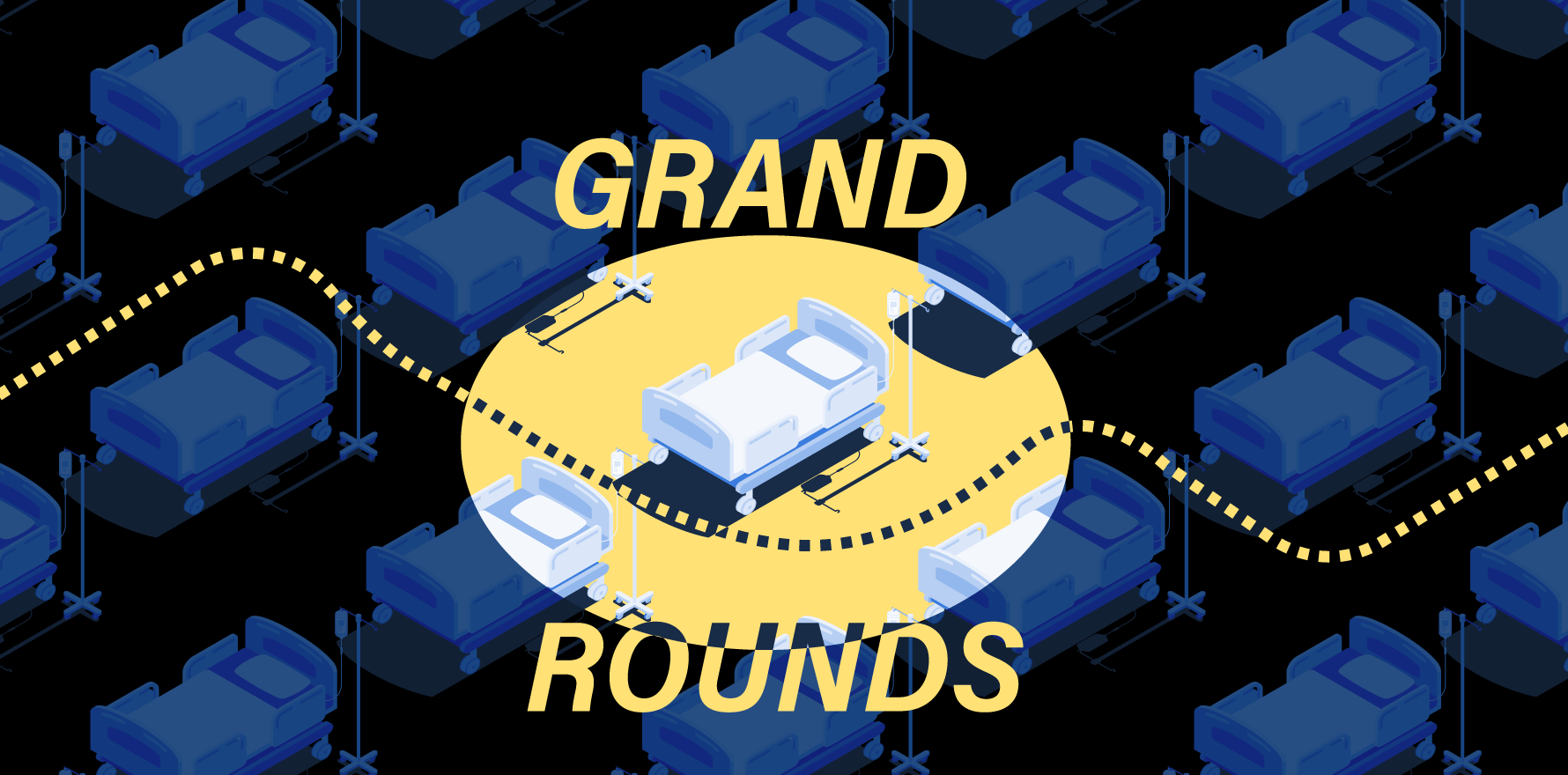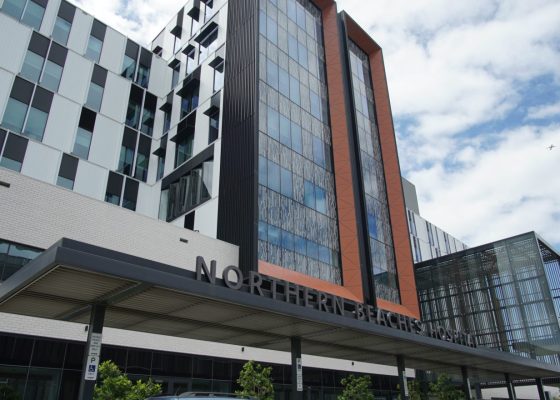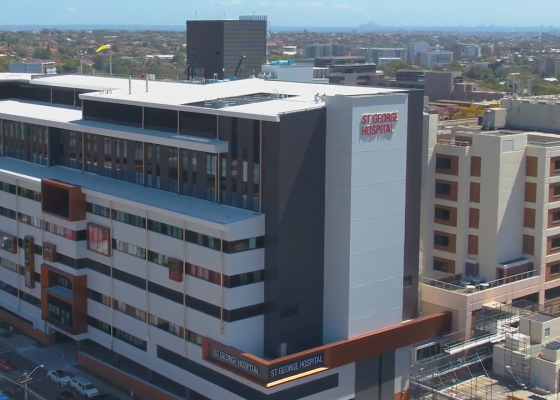UPDATED 4.30pm Thursday 2 November. Two redevelopment projects in NSW are full steam ahead, but criticism isn’t coming easily to at least one Sydney hospital.
Hospital networks are never harder to communicate with than when they are dealing with criticism.
It hasn’t been a good week, for example, for Northern Beaches Hospital in Sydney.
To be fair to NSW Health and Northern Sydney LHD, who ostensibly are responsible for NBH, the fact is private hospital operator Healthscope runs it thanks to a private/public partnership that locks the government out until 2038.
The issue at NBH in this case is $7.5 million of taxpayer money allocated in June 2022 to the hospital for the provision of a four-bed acute paediatric mental health unit that has yet to materialise almost 17 months down the track.
NSW Minister for Mental Health Rose Jackson unleashed on NBH in an estimates hearing yesterday, but almost as troubling as the disappearance of money and non-appearance of practical help for troubled youth is the utter silence from the hospital and Healthscope.
Northern Sydney LHD’s comms team, quite rightly, referred HSD to NBH’s spokesperson, who replied via email to our requests for comment late this afternoon.
“NBH and Northern Sydney LHD have met with the Minister for Mental Health to discuss the provision of child and adolescent services on the Northern Beaches and these discussions are ongoing,” said the statement.
“All children and adolescents are cared for as inpatients at Northern Beaches Hospital (NBH) in dedicated mental health beds under the care of a specialist child and adolescent psychiatrist, as part of a model of care established earlier this year.
“Since January 2023, more than 42 young people have been admitted to NBH under this new model of care.
“The Hospital is also working closely with community child and adolescent mental health services on the Northern Beaches, which have also been enhanced to ensure young people have appropriate and timely access to mental health support and treatment.”
None of which answers the question of whether there is a dedicated four-bed acute paediatric mental health unit operating.
Are those youngsters in “dedicated mental health beds” in wards with adult psychiatric patients? If there is not a separate unit for kids operating at NBH, what has that $7.5 million been spent on? Surely not “a specialist child and adolescent psychiatrist” and beds that already existed?
We have an open invitation to NBH’s CEO Andrew Newton to talk to us.
If we’ve got it wrong and the four-bed acute paediatric mental health unit is up and running, tell us. If the anecdotes about desperate kids and their families being turned away from NBH in their moment of need because nobody qualified was available to treat them are untrue, tell us.
Set the record straight and, if nothing else, be accountable for the taxpayer money that is currently floating around either unused or spent on something it wasn’t marked for.
We’ll print every word you say. We promise.
Hunter New England LHD
Prototype designs for facilities in the $835 million John Hunter Health and Innovation Precinct in Hunter New England LHD, scheduled to open in 2026, have been released.
Initial designs have been made available for patient bedrooms, birthing suites and staff stations in the new seven-storey complex to allow clinicians and hospital staff the opportunity to see the rooms and test their utility through various simulated clinical scenarios.
The precinct is also set to include a new emergency department and inpatient maternity unit, an expanded neonatal intensive care unit, 22 additional operating theatres, a rooftop helipad and more than 900 additional carpark spaces for staff and visitors.
Dr Ramsey Awad, executive director of infrastructure, planning and sustainability at Hunter New England LHD, said that the new facilities were designed to better support patients’ mental and emotional health as well as their physical wellbeing during their recovery.
“We wanted to create a clinical space that evokes healing, sanctuary and human connection, that positively responds to the emotional needs of those interacting with our services,” said Dr Awad.
“Inpatient rooms will feature large windows, shelves for flowers and personalised items and a multifunctional carer zone that includes a sleep area and bench seating – recognising the vital influence of carers in sustaining the emotional safety and physical wellbeing of their loved one during a hospital admission.
“People told us that they wanted our new acute services building to have access to nature, induce feelings of safety and security and ensure privacy.”
Once completed the precinct would more than double the capacity of John Hunter’s existing adult intensive care unit, according to NSW Health Minister Ryan Park.
“More than 500 interviews and workshops with staff, community, architects, patients, and carers have guided the functional design of the prototype rooms which will be close replicas of those in the new seven-storey acute services building,” he said.
“There will also be expanded critical care services for both adults and children with more theatres and a new emergency department.”
Western Sydney LHD
Western Sydney LHD wants to hear from community members about the Rouse Hill Hospital project which now has a site and an additional $400 million from the NSW government.
With a total budget of $700 million, the yet-to-be-built hospital now also has a new general manager.
Julia Underwood, until recently the director of redevelopment at Campbelltown Hospital, has been appointed to the role.
The design and consultation phase for the Rouse Hill Hospital will continue throughout 2023. Main works construction is on track to start in 2024.
The final scope for the Rouse Hill Hospital development will be determined through the planning process. It will adopt a full hospital campus model and is expected to include:
- An emergency and urgent care department
- In-patient beds
- Day surgery unit
- Short stay medical assessment services
- Pathology, pharmacy and medical imaging services
- A health hub for virtual care and hospital in the home services
- Prehabilitation, rehabilitation and lifestyle medicine
- Outpatient and ambulatory care services including paediatrics, renal, maternity services and women’s health
- Administration, staff support and back of house services
- Car parking facilities.
Do you have a story tip for us, or a topic you would like to see us cover? Contact the editor at editor@healthservicesdaily.com.au.



